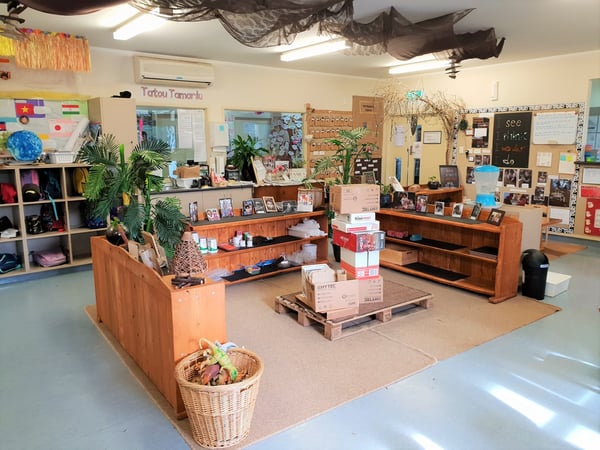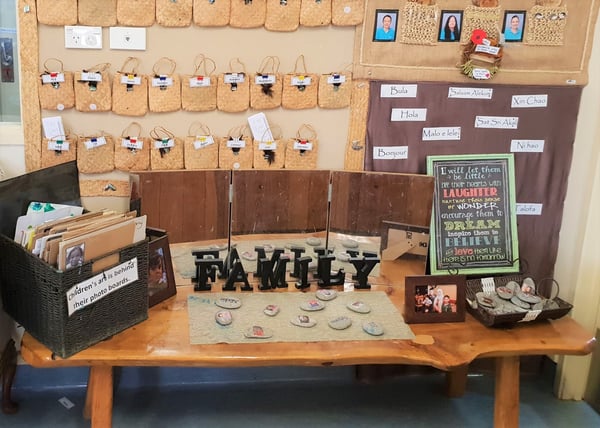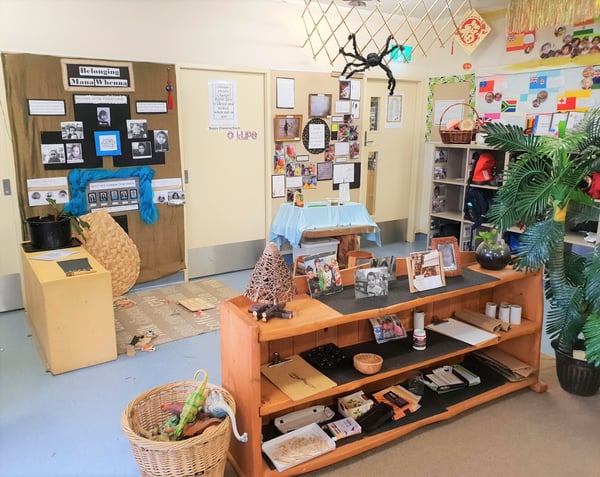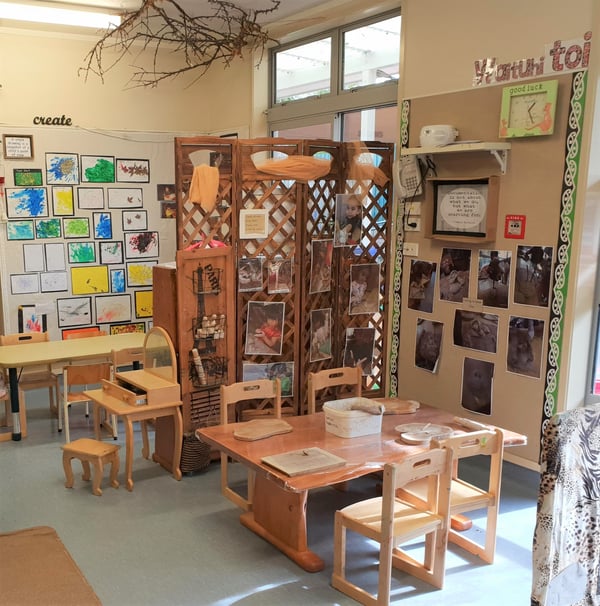At the end of World War II, a group of parents from the city Reggio nell’ Emilia in Northern Italy took the initiative to rebuild and re-frame early childhood education in their region. The sale of some horses and military vehicles financed the first building, built from stone and timber sourced by local villagers. The municipality also helped to establish several preschools and nurseries, all of them based on the ideas of exploration, collaboration, creative expression and critical thinking.

The group of new schools were unique and community-orientated places of learning, where young children were able to develop and learn through exploring their interests. Loris Malaguzzi, a psychologist and one of the first teachers in the new schools, is considered the father of the Reggio Emilia approach. It is due to his work that the method gained interest around the world in the 1980s.
Reggio-inspired Early Childhood Services
A Reggio Emilia-inspired early childhood service is one that has adopted some, or most, of the core principles of this approach. Allowing those principles to inform and guide the way the child is viewed and how the curriculum is shaped.
Because the Reggio approach is entirely and uniquely embedded in the history and culture of the city and region, it is not a teaching philosophy that can simply be replicated and implemented elsewhere. Nevertheless, the principles continue to inspire early childhood educators and are often incorporated in their pedagogy.
Roles of Teachers, Children and Community
Reggio Emilia sees children as capable of constructing their own learning as their innate curiosity and playful exploration guides their journey of discovery. Being natural communicators, they build relationships and express their understanding of the world in many different ways. Verbal accounts of their thoughts and learning, painting, sculpture, music and dance are all a regular part of their presentation of their learning. This ability to creatively express their learning has been described by Malaguzzi as the 100 languages of children.
Teachers in Reggio schools are co-learners and collaborators alongside the children. Their roles also include listening, challenging and encouraging as they mentor and guide the children in their efforts. Observation and documentation, showing the child’s learning progress, are an essential aspect of the teacher’s task.
In Reggio Emilia, there are very close ties between school and community. Parent involvement and support is the norm, and community members freely and regularly share their skills and talents as part of the program.

The physical space
An attractive physical environment is of utmost importance in Reggio schools - so much so that the learning centre is referred to as the third teacher. The belief is that a beautiful learning environment teaches love and appreciation of things artistic and beautiful, and aids in fostering the ability to care for these.
Furniture may have a natural or home-like finish, while mirrors and high-quality works of art, flowers and real cutlery and crockery are a normal part of the outfit. Paintings by actual artists or prints of classic artworks are displayed in communal areas.
The environment, both indoors and outdoors, is carefully laid out to suit the children’s interests and developmental stages. Spaces make provision for interaction and collaboration in both large and smaller groups, but also more secluded areas for quiet activities and individual projects. A central space, the Piazza, accommodates activities such as dramatic play, while the Atelier is used for artistic projects under the guidance of an art teacher, or atelierista.
Critical thinking and problem-solving flourish in spaces such as block and construction areas, sand, water and messy play areas and gardens. The children’s work, as well as photos of the process, is displayed in attractive ways as evidence of their learning. Unfinished work is left in place so children can return to work on it later.
Materials and resources
Reggio environments are rich in opportunities for sensory experiences. Light and shadow, reflections, textures and sound can be explored, with sensory tables and loose parts being part of the basic resources. Natural materials and “real” items are preferable.
It is essential that quality art supplies are available for children to explore artistic processes and to express themselves.
Both dramatic role-play and creating music are considered important ways of self-expression. Dress-up items and props, puppets and musical instruments are necessary for this. It is strongly recommended to have a good supply of loose parts, wooden blocks and everyday household items inside. Gardening and construction tools, as well as larger loose parts, should be available outside.

Reggio Emilia in New Zealand contexts
In New Zealand, we are no strangers to Early Childhood centres where children are free to be guided by their natural curiosity and creativity, while teachers scaffold children’s learning by exploring and learning alongside them. We spot opportunities for learning every day or notice a child’s affinities and act on that by collecting and bringing materials that may support and enrich their learning journey into the environment.
This approach uses children’s passion as a catalyst for their learning. It is grounded in the view that young children are competent learners, and that their interests form an essential element of their development and learning.
Our philosophies on free play have been evolving since the 1950s, and when the Reggio Emilia approach started catching the attention of educators worldwide, we had no trouble embracing it. The influence of the Reggio approach may even be hard to distinguish from what we are naturally doing because we value creativity and due to the sociocultural influence of Te Whariki on our pedagogy.

To Reggio or not to Reggio?
Thoughtful consideration should be given before the decision is made to adopt a Reggio-inspired approach in an early childhood service. Decision makers will need to have a good understanding of the values and principles of the approach and do a robust review of the strengths and needs of the service and its community.
The change will need to happen from the foundation upwards rather than a superficial layer placed on top of existing practices and beliefs. Professional development and teacher enquiry will need to be undertaken, from where a new philosophy and mission can evolve. Teacher-driven activities will make space for child-driven learning - teachers will have to practice “letting go”.
Parent and community involvement needs to be high and on-going; stakeholders need to be informed and educated. The greatest reward of becoming a Reggio Emilia-inspired centre will be the development of the children to see themselves as confident, competent and self-directed lifelong learners.
More reading:
Empowering children in their learning process.
https://reggioemilia2015.weebly.com
Reggio Emilia: An Inspiring Approach to Early Learning
https://www.gettingsmart.com/2018/05/reggio-emilia-an-inspiring-approach-to-early-learning/
Finding our way: Interpreting Reggio in a New Zealand context - Brent Mawson, 2010
https://www.nzcer.org.nz/system/files/journals/early-childhood-folio/downloads/ECFolio_14_1_2010_018.pdf



